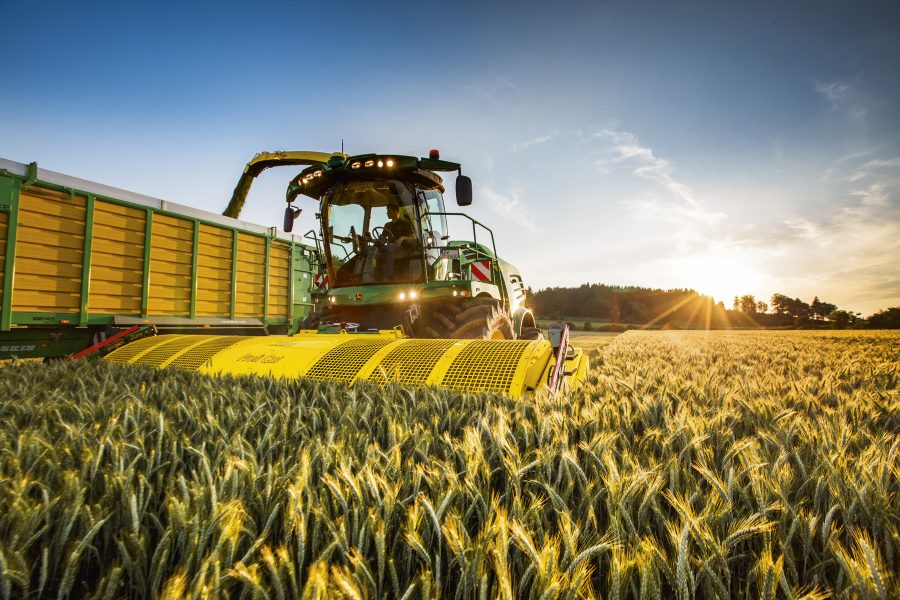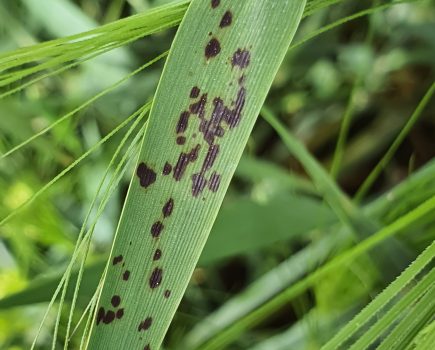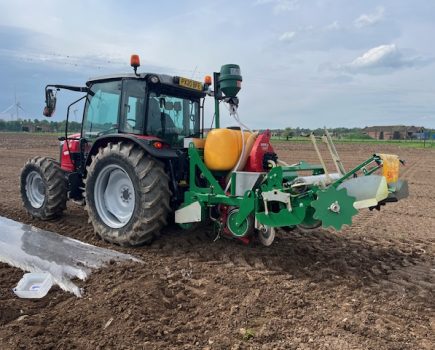UK dairy farmers are being reminded of the flexibility of cereals, following the unfavourable weather conditions faced this year, which for some may lead to lower quality grass silage.
Lientjie Colahan, silage technical support at Lallemand Animal Nutrition, says: “If you’re looking for a flexible feed option this year to bolster low-grade silage, it’s worth considering the different options that cereals provide.”
Mrs Colahan explains that cereals are versatile crops that can be used in three different ways to bolster feed.
“The whole plant can be cut as silage, the grain can be left to mature slightly and crimped, or it can be combined and either sold on or fed as a concentrate,” she says.
When explaining the benefits of wholecrop silage, Mrs Colahan says it offers a good source of fibre for the scratch factor in the rumen and starch, and complements early-cut, highly digestible grass well, for those who have been fortunate enough to have attained it this year.
“By including the straw fraction in your silage, the lignified stem provides less digestible fibre,” she explains. “When fed in a mix with highly digestible fermentable grass silage, the overall function of the rumen improves, because indigestible fibre stimulates rumination.”
If silaging wholecrop does not suit your system this year, there is also the option to crimp the crop when the grain is at a ‘cheddar cheese’ consistency.
Crimped grain offers a pure starch source which Mrs Colahan says is very rumen friendly. The fermentation of crimped grain means it has a less acute impact on rumen pH compared to ground wheat, reducing the risk of acidosis.
“If you have a situation where you have huge amounts of grass silage that isn’t the best quality, you may not need the scratch factor from the straw fraction of wholecrop silage, and crimped grain offers a rumen friendly starch source. If conditions are good the straw can be left to dry and then be baled for use as bedding,” she explains.
Mrs Colahan says the third option is to leave the crop and combine the cereal to produce a concentrate feed, which can be sold on or fed to cows.
“Dried grain is easier to store, making it a more convenient option when it comes to management,” she explains. “Not only that, combining the crop offers straw as a secondary product which can be used as feed or bedding.
“However, it’s worth remembering that dried grain is a rapidly available energy source, and although it works well when fed in combination with rapidly available protein, it increases the risk of acidosis if the diet is unbalanced,” she says.
Depending on the weather, Mrs Colahan says that crimping should usually occur two to three weeks after you would cut wholecrop for silage and if you choose to combine then this would be two to three weeks following that.
However, with changing weather patterns, Mrs Colahan recommends farmers should walk fields weekly, increasing this to every three days ahead of harvest to ensure the chosen cut is done at the optimal time.







